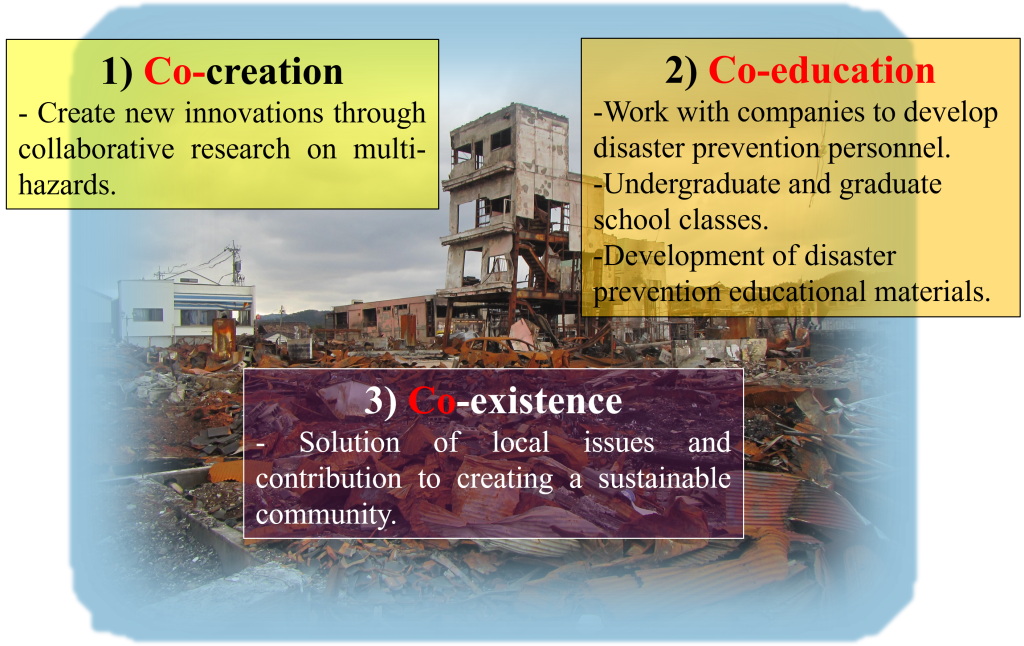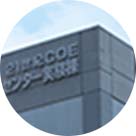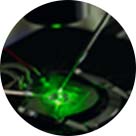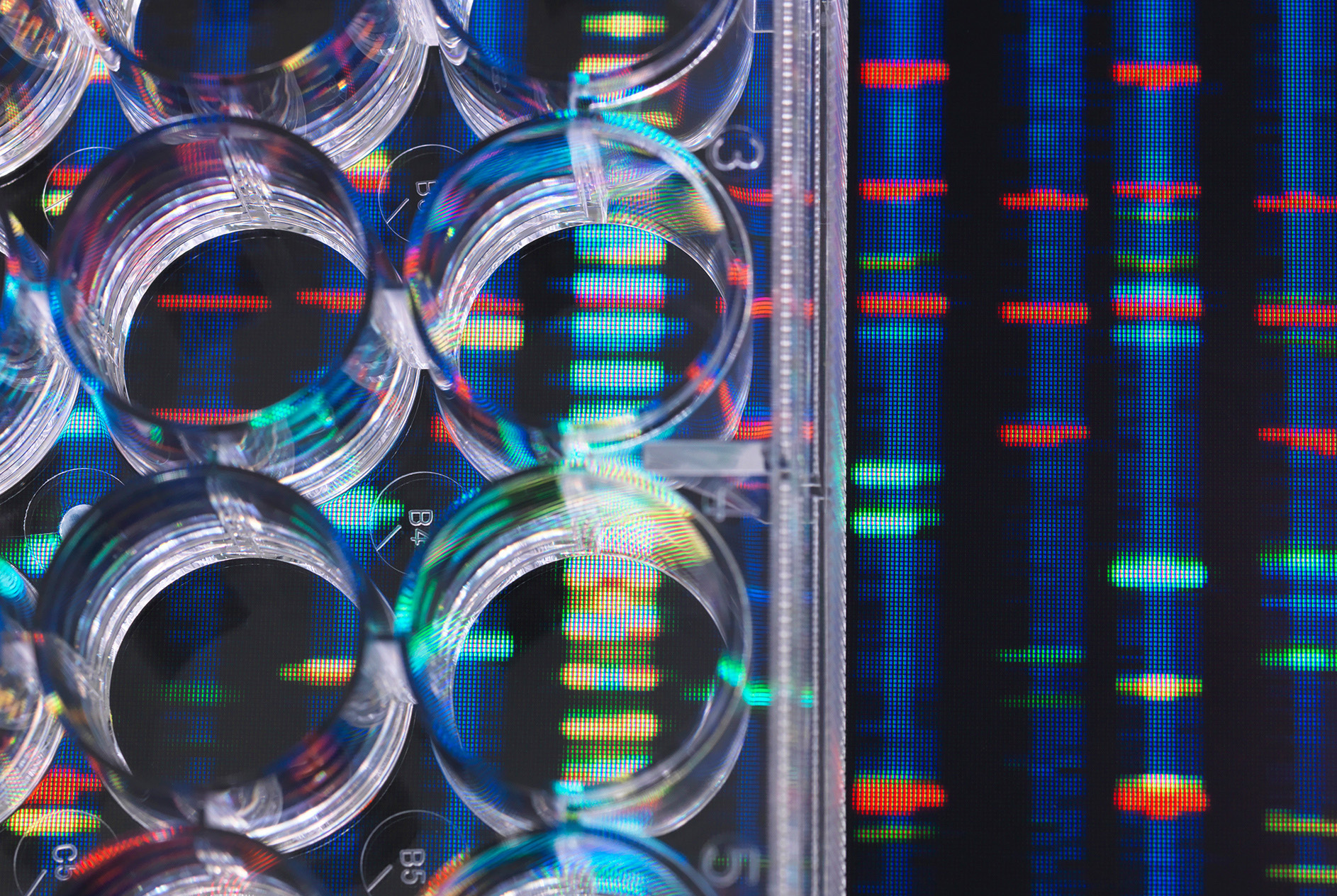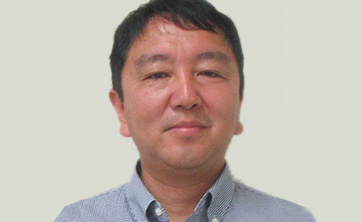Disaster prevention and technology to protect lives and livelihoods from multi-hazard disasters
☆Background and history of the establishment of our center
Various disasters occur around the world, including earthquakes, tsunamis, floods, wild fires, and heat waves. Japan is also in a location where various natural disasters occur frequently, and in the past, it has experienced the Great Kanto Earthquake in 1923, the Great Hanshin-Awaji Earthquake in 1995, the Great East Japan Earthquake in 2011, and the Noto Peninsula Earthquake in 2024. In the future, it is expected that there will be an earthquake directly beneath the capital, an earthquake in the Nankai Trough, and a super typhoon. A major characteristic of these disasters is the occurrence of “multi-hazard disasters” in which multiple hazards such as earthquakes, tsunamis, floods, storm surges, strong winds, volcanic eruptions, and fires occur at the same time and in the same area. Although each hazard can cause great damage, when multiple hazards occur, the damage becomes severe and the damage is expected to exceed the annual national budget. In recent years, the effects of climate change have become apparent, and there are concerns about the increase in the probability of occurrence of multi-hazards such as earthquakes and floods, which have different mechanisms of occurrence. Previous disaster prevention research and technology have been established and systematized for each hazard, but it is essential to elevate these to an academic system that corresponds to multiple hazards and create a comprehensive urban disaster prevention science that collaborates with various fields such as science and engineering, life science, humanities and social science. With this background, our university applied for the “Creation and Practice of Multi-Hazard Urban Disaster Prevention Science” to the “Future Academic Promotion Initiative” publicly solicited by the Science Council of Japan in 2022, and was selected in 2023. As a recipient of that research system, our center was established in 2023.
☆Direction of the center
At this center, we aim to elevate previous research for each hazard, such as natural disasters and major fires, to an academic system that corresponds to multiple hazards, to create and practice breakthroughs in comprehensive urban disaster prevention science through collaboration and fusion between researchers from different fields, and to contribute to the creation of a safe and secure society that is sustainable, considers diversity, and leaves no one behind. Our university has many disaster prevention researchers on various hazards (earthquakes, fires, floods, etc.), as well as many researchers in data science. Taking advantage of these strengths, we will create and practice new urban disaster prevention studies through two cross-sectional collaborations: “disaster prevention researchers on various hazards” and “the fusion of disaster prevention researchers and data science researchers.” In addition, we will actively collaborate with government agencies and private companies to implement the academic knowledge and results obtained in society.
☆Research group
At the time of its establishment, the center had only 10 members from the university, but now the research structure consists of 36 members from the university and 2 from outside the university (as of July 2025). In order to take advantage of the unique characteristics of our university, the members’ specialties are very diverse (Figure 1). Hazards are diverse, including earthquakes, tsunamis, floods, volcanoes, fires, infectious diseases, and heat waves. In addition, many researchers at the center are not originally specialists in disaster prevention and mitigation, and the center is composed of experts in not only data science, but also drone and image analysis, disaster information and transportation, materials and sensor development, VR, urban development, evacuation shelters and medical care, and risk assessment. In this way, not only hazards but also specializations are “multiple.” These diverse experts collaborate and cooperate to advance research, and more than 10 joint research projects are carried out every year.
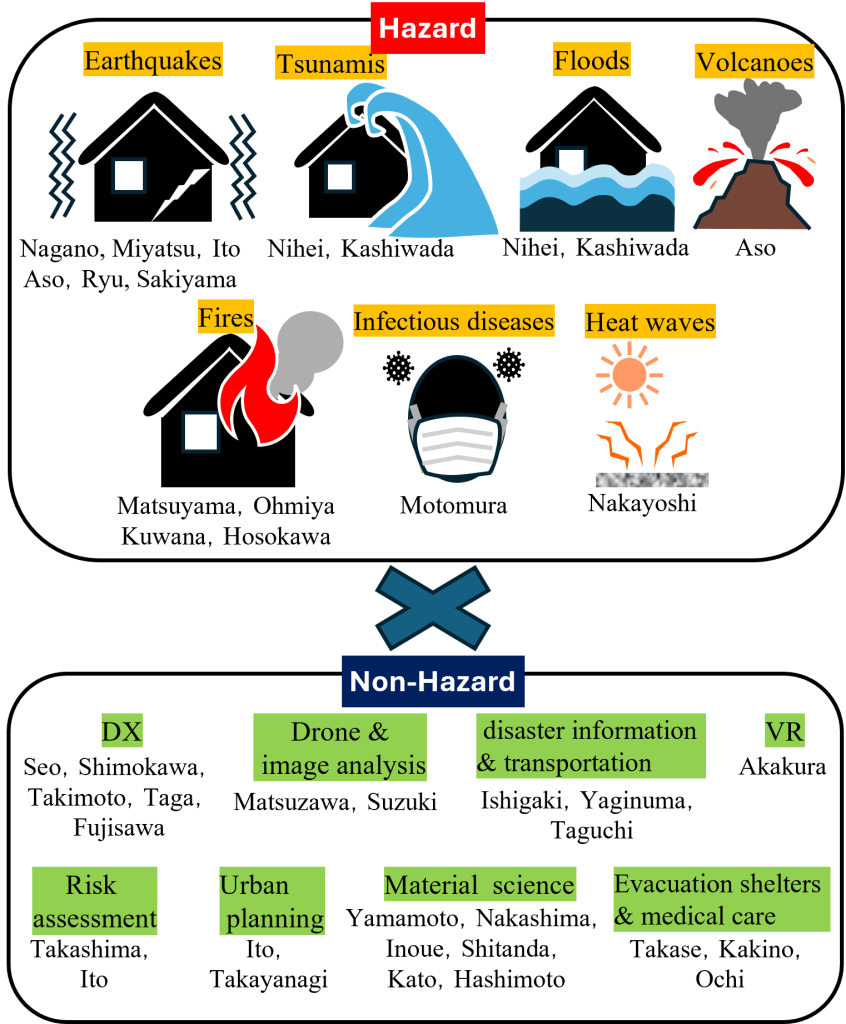
☆ Establishment of the consortium
In order to implement the results of the center in society, a consortium preparatory committee was launched in May 2024 to collaborate with private companies and government agencies, and an official consortium was established in April 2025. By the end of 2024, 31 companies had joined, and regular study sessions and exchange meetings were held to deepen interactions with center members and consider joint research. The consortium’s activities are based on the three “co”s of co-creation, co-education, and co-existence, and it contributes to “building a safe and secure society with well-being” even under the occurrence of multi-hazards (Figure 2).
